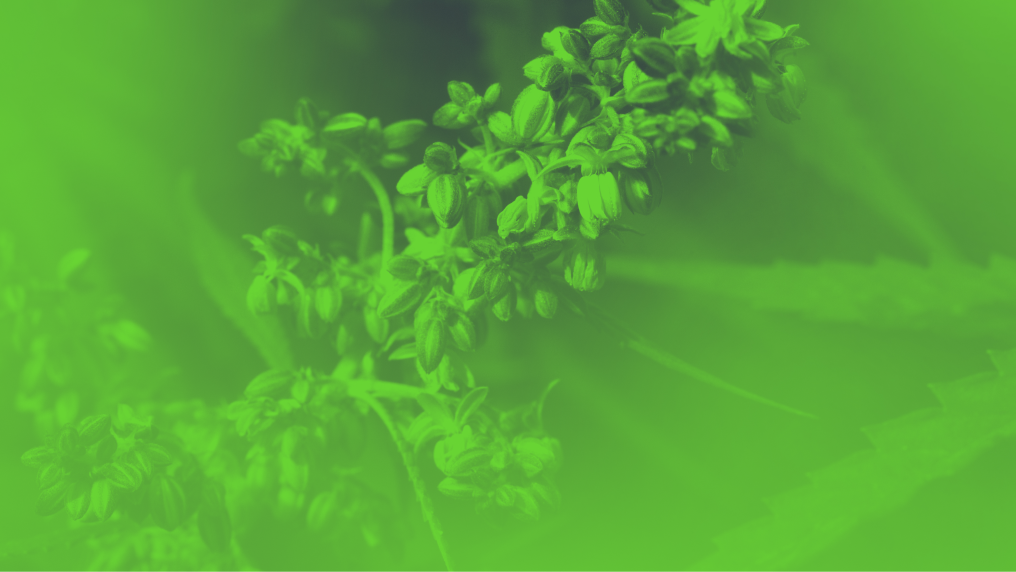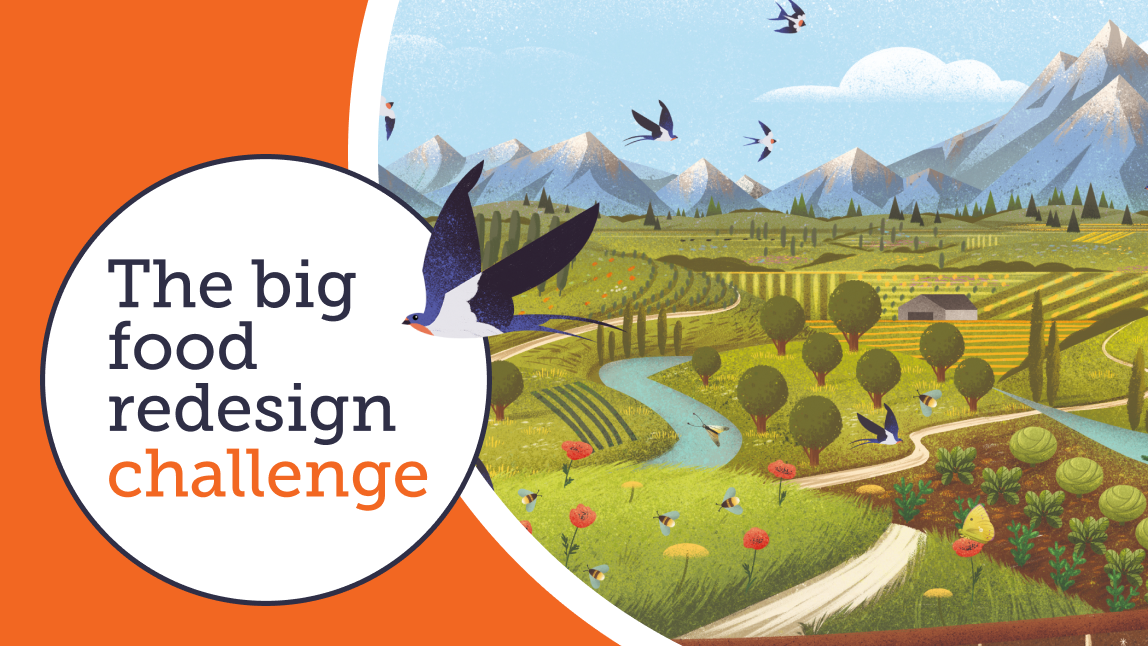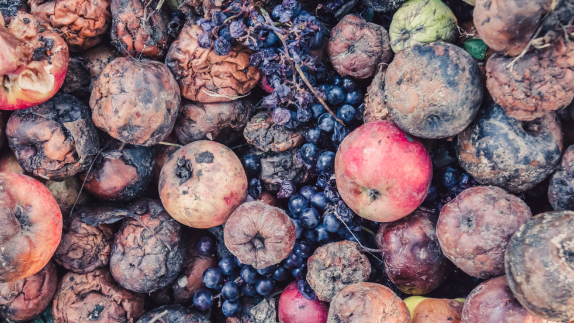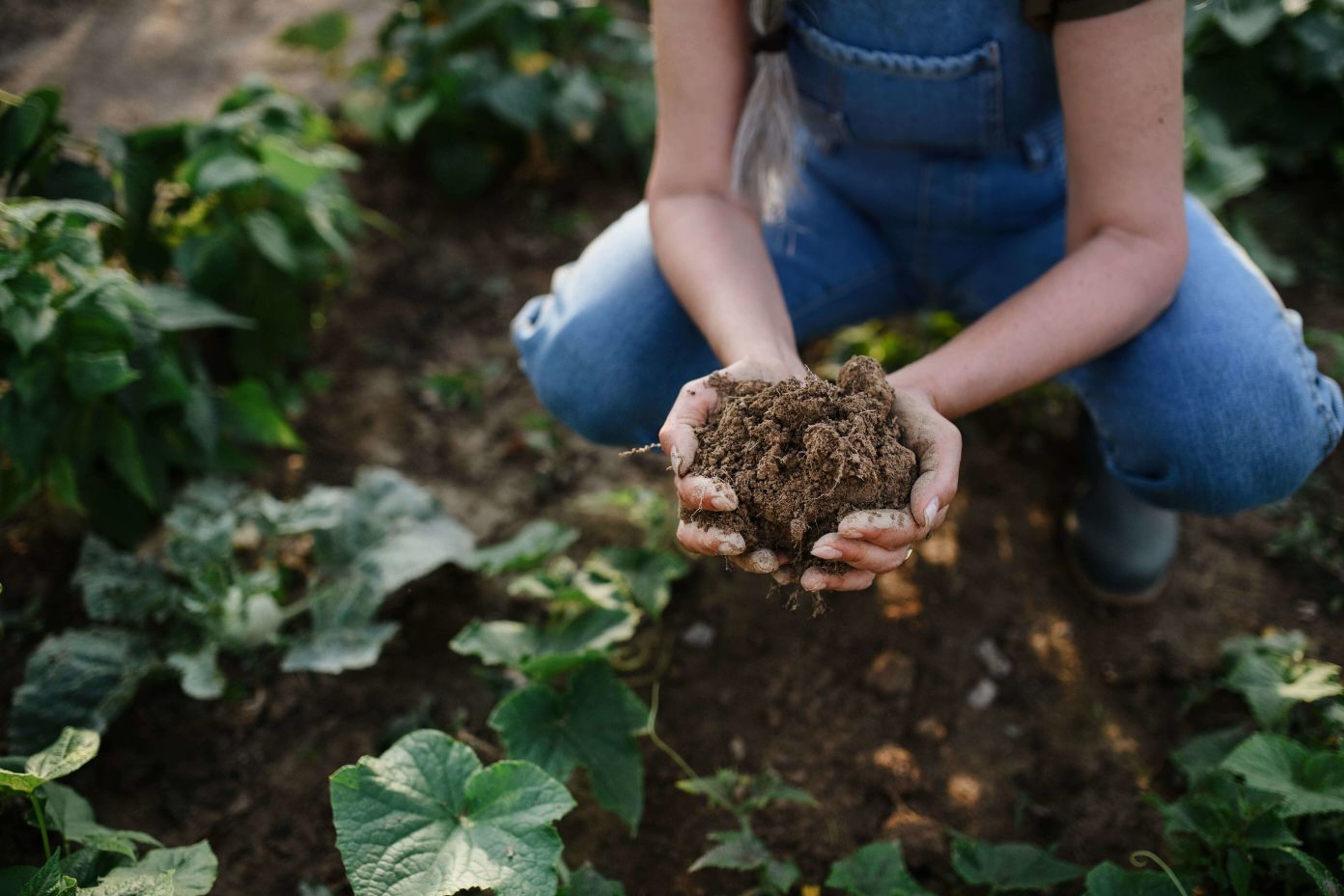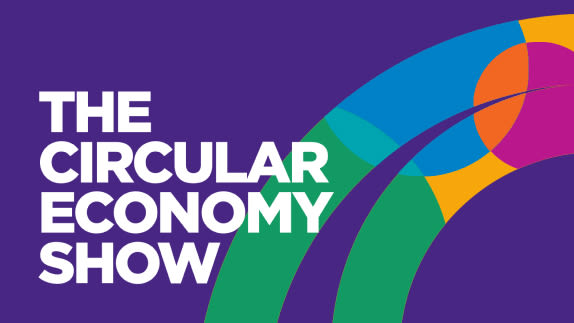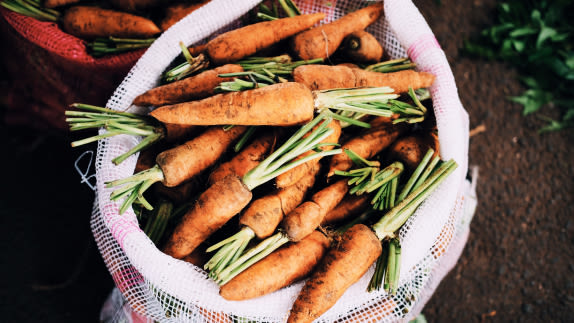In brief
Planting Hope develops plant-based products by reimagining staple foods that consumers are already familiar with.
With its Hope and Sesame milk, this Big Food Redesign Challenge participant is eliminating waste from the food system while leveraging ingredients that regenerate soil and ecosystems.
It's a good example of maximising the incorporation of circular design principles within a product that has the potential for significant scale. It also illustrates the process of evolving production processes to balance supply resilience with consumer appeal, while maintaining the strategic mindset of keeping nature in mind.
How it works
Dietary preferences, animal welfare concerns, and environmental impacts are just some of the reasons why many consumers have switched from dairy to alternatives like oat, almond, soy, coconut, and rice milk in recent years. However, plant-based milks are not always serving the planet as consumers might expect.
Take almond milk. The almond nut is highly nutritious, but it takes an average 371 litres of water to produce just one litre of milk. Most almonds are grown in California and are irrigated using groundwater, but the use of groundwater in this area has exceeded replenishment for decades. Because this process is so water-intensive, the density of almonds in most almond milks is as little as 2%. With such a low almond density, the plant-based alternative does not reap the nut’s nutritional benefits.
Plant-based milk as a market category has expanded rapidly. Valued at USD 35 billion in 2021, the global plant-based milk market is projected to increase by 15% annually, reaching a value of USD 123 billion by 2030.
Planting Hope saw an opportunity to create a non-dairy milk that could help nature to thrive while being “delicious, nutritious, and scalable”. Looking back to the countercultural movement of the 70s, a ‘hippie’ alternative to consuming highly processed foods was to make cleaner, plant-based alternatives at home. One of these alternatives was sesame milk. Questioning if scaling this method was possible, Planting Hope took a closer look at the seed.
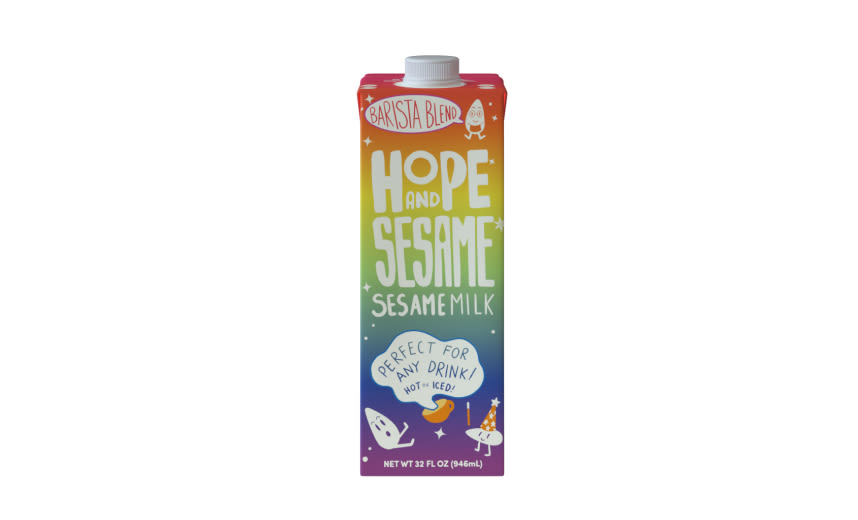
Known as the ‘survivor crop’, sesame requires very small quantities of water to grow, is naturally pest-resistant, and doesn’t rely on bees for pollination, making it reliable and low impact. For these reasons, sesame is a great crop to grow in arid climates. It acts well as a break or cover crop, keeping living roots in the soil — a key principle of regenerative productionregenerative productionRegenerative production provides food and materials in ways that support positive outcomes for nature, which include but are not limited to: healthy and stable soils, improved local biodiversity, improved air and water quality.. Once cultivated, the seed can be pressed for oil. What is left from the extraction process is a nutrient-dense pulp which is often discarded.
Planting Hope partnered with food scientists specialising in beverage development to transform this pulp into flour. With the help of natural emulsifiers, this flour forms the base of a milk that works functionally — essential to froth, foam, and steam — and provides consumers with high nutritional value. In one serving, Hope and Sesame contains 8 g of complete protein which is eight times the amount of protein in most almond and nut milks. After five years of development, Hope and Sesame was ready to go to market.
It is the first commercially-viable sesame milk and has been awarded Upcycled Certified™ status. The beverage has been quickly adopted by US retailers. It launched nationwide within Kroger — the largest grocery retailer in the US — in 2022, and in 20 Costco Warehouse Stores across the US Northwest in 2024. Its range has now expanded to six different varieties and flavours, including ‘unsweetened’, ‘barista blend’, and ‘chocolate’.
Why it’s an example of the circular economy
Planting Hope is a great illustration of circular design for food in action. It’s one of a handful of Big Food Redesign Challenge participants that have managed to incorporate all three of the ingredient selection and sourcing opportunities:
Circular Design for Food Framework

The leftover sesame pulp is upcycled; it would otherwise be discarded or used as animal feed.
This business model also illustrates how designing a product concept with ingredient selection and sourcing in mind can regenerate nature. For example, as a fast growing crop (taking only 100-135 days to mature) sesame can be grown within a rotation, helping keep the soil covered and living roots within it — both important principles within regenerative production systems.
Due to sesame’s drought-tolerant and self-pollinating properties, the seed is low impact. Production of sesame milk needs 54% less water than oat milk and 75% less water than almond milk. Therefore, with a low cost and short seed-to-harvest time, sesame milk production can be rapidly and inexpensively scaled.
The product also uses chickpea aquafaba — a diverse and upcycled ingredient, rather than commonly-used sunflower lecithin.
Finally, Hope and Sesame aligns with packaging requirements by using a TetraPak carton that is recyclable.
Lessons learnt
Getting the formulation right for Hope and Sesame was complex, hence its five-year gestation. Each time a new source of seed was tested, the milk performed differently. Planting Hope had to find a consistently high grade of sesame in regions where manufacturers were already harvesting the seed to make oil.
To offer consumers an unsweetened version of Hope and Sesame, Planting Hope had to find a way to naturally sweeten sesame’s bitter taste. It developed an organic-compliant bitter-blocking ingredient which can suppress tongue receptors, so the bitter taste goes unnoticed. This innovative solution improves the taste of the unsweetened blend while minimising the need to add sugar or artificial sweeteners which could affect its nutritional value.
Planting Hope has adapted to changing supply of its main ingredients. During early product development, sunflower lecithin was the most commercially available natural emulsifier. But the invasion of Ukraine in 2022 put a question mark over the resilience of its supply (Ukraine is the main global producer of the ingredient). The team discovered chickpea aquafaba, which is the water remaining after chickpeas are boiled. This ingredient yielded far better results than sunflower, and even better, aquafaba is an upcycled ingredient that is made from a cover crop, further diversifying the main ingredients of Hope and Sesame.

